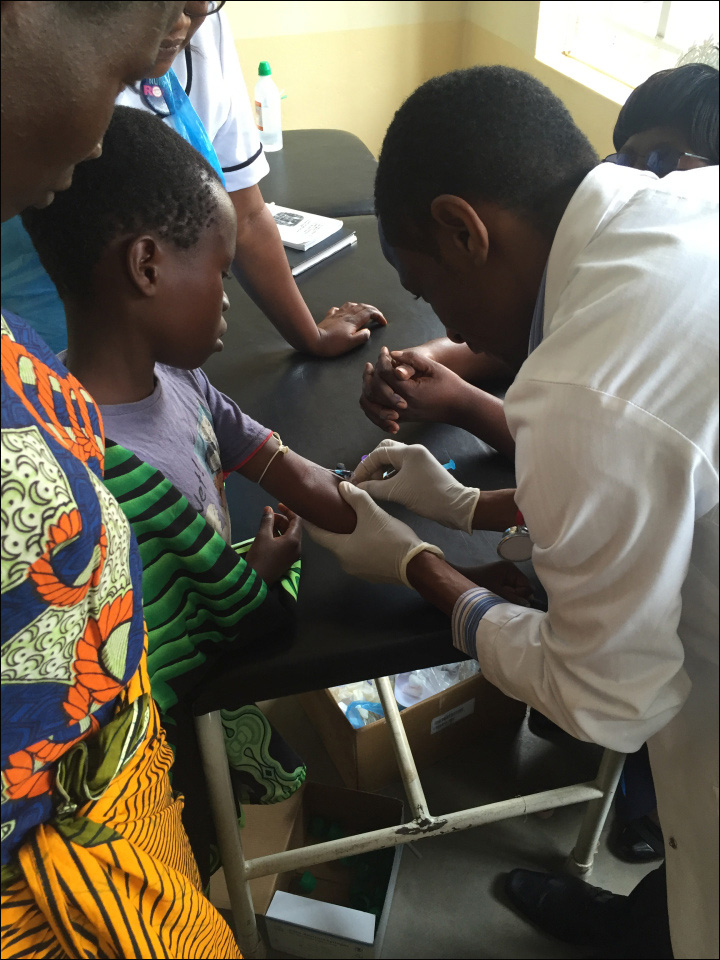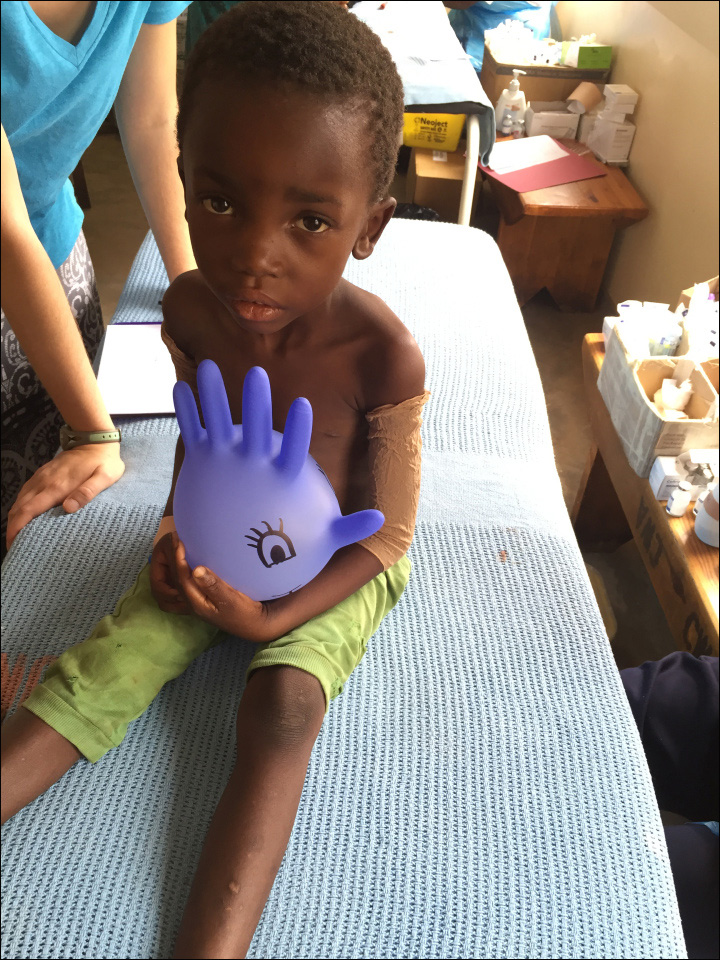Malaria breath test shows promise in clinical trial
Click Here to Manage Email Alerts

New evidence shows that malaria parasites can alter patients’ breath to attract mosquitos and drive disease transmission. Researchers have used this information and identified other biomarkers of infection to develop a malaria breath test that was highly accurate in diagnosing pediatric patients, according to data presented today at the American Society of Tropical Medicine and Hygiene Annual Meeting.
Although previous research has shown that malaria parasites can manipulate host odors to enhance Anopheles attraction, this is the first time that it has been confirmed in a real-world setting, according to Chad Schaber, PhD student at Washington University in St. Louis, and colleagues.
During a recent investigation, Schaber and colleagues examined breath samples of 35 children aged 3 to 15 years with (n = 17) or without (n = 18) malaria infection who received care at a pediatric center in Lilongwe, Malawi. The participants provided breath samples by blowing into a balloon-like bag. The samples were then transferred to a tube and sent to a lab at Washington University for review. Blood samples were also obtained to confirm malaria diagnosis.
Schaber reported that patients with malaria had significantly higher levels of mosquito attractants known as terpene compounds. These compounds — 3-carene and alpha-pinene — were associated with a high specificity (greater than 94%) and moderate sensitivity (41%-53%) in predicting malaria infection.

“The terpene is probably a survival mechanism for the parasite, but this compound also might be useful in boosting the effectiveness of mosquito traps used in malaria control efforts,” lead investigator Audrey R. Odom John, MD, PhD, associate professor of pediatrics, infectious diseases, at Washington University School of Medicine in St. Louis, said in a press release.


The researchers used a correlation-based algorithm to identify additional biomarkers of infection in the breath samples. A malaria “breathprint” involving six different compounds diagnosed patients with an 83% success rate. Although this is lower than the 90% or better accuracy of other malaria assays, an improved version of the breath test may enhance current diagnostic methods that that are difficult to implement in rural areas, the release said.
“Possibly, breath tests could become a low-skill, low-cost alternative for rural and under-resourced communities,” Schaber told Infectious Disease News. “The largest advantage of a breath test is that it would not require a blood sample. This makes it especially attractive for use in screening populations, for example at border crossings, to maintain gains in malaria elimination.”
The malaria breath test may address another concern, which is that Plasmodium falciparum parasites sometimes lack a key protein that most assays rely on for pathogen detection.
“If populations of parasites undetectable by the current most prevalent rapid diagnostic continue to spread, having such an alternative could have a major clinical impact,” Schaber said.
To improve the accuracy of the test, Schaber and colleagues will work with engineers who have developed compact electronic noses, or eNoses, that detect specific odors, the release said. An eNose prototype for tuberculosis detection is already under way.
“It will be at least a few years before a commercial breath test is available,” Schaber said. “However, several current breath tests can be ‘trained’ to sense any disease with a strong breathprint. This will hopefully speed up the time frame to market.”
ASTMH President Patricia F. Walker, MD, DTM&H, FASTMH, noted that novel ideas such as this are essential for combating malaria.

“The malaria parasite has been outwitting human interventions for thousands of years, which is why we need these innovative collaborations between biologists and engineers to develop new tools that can give us the upper hand,” she said in the press release. “It sounds almost like something from science fiction, but the ability to detect disease with a breath test may be closer than we could have imagined or hoped for.” – by Stephanie Viguers
Reference:
Schaber C, et al. Abstract 609. Presented at: American Society of Tropical Medicine and Hygiene conference; Nov. 5-9, 2017; Baltimore.
Disclosures: Odom John and Schaber report being co-inventors on a provisional patent in the United States that is related to some of this research. Infectious Disease News was unable to confirm relevant financial disclosures for Walker at the time of publication.


